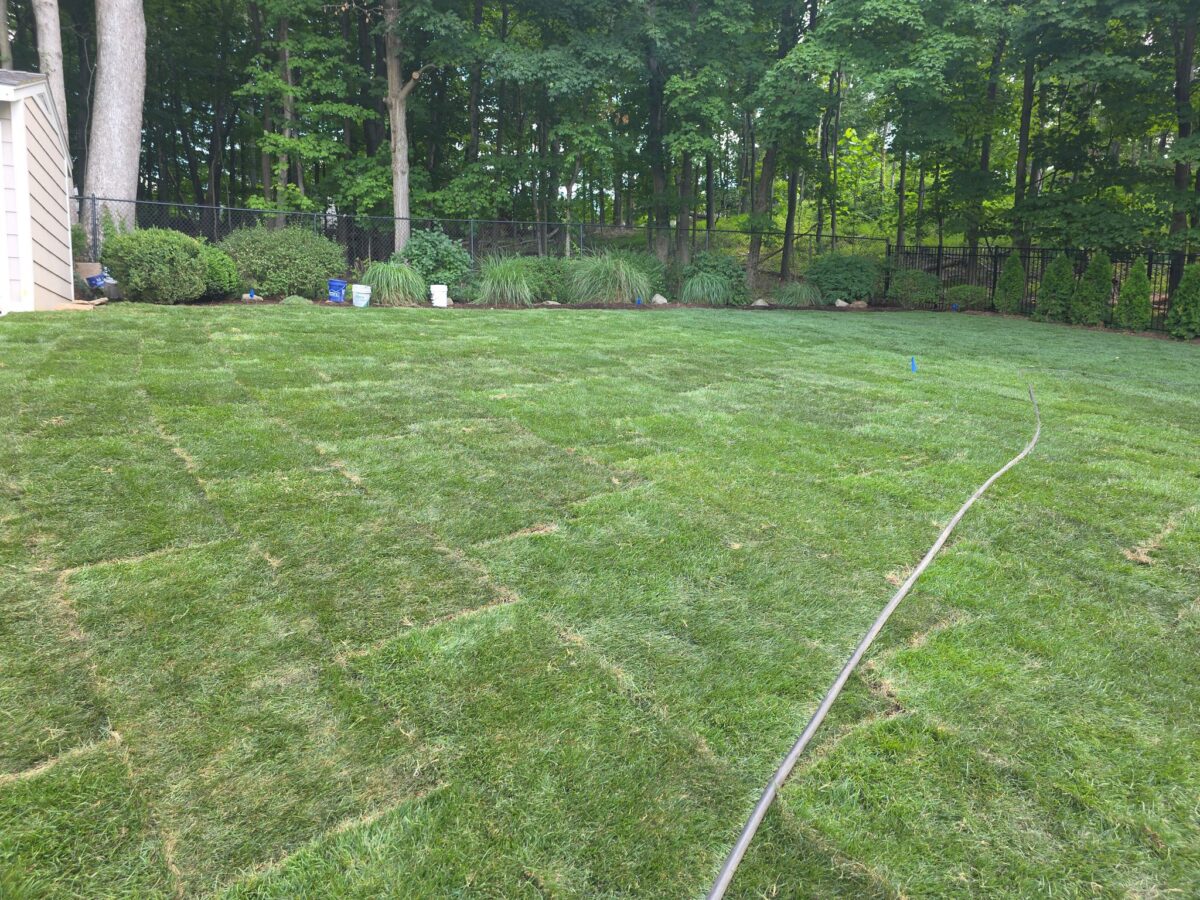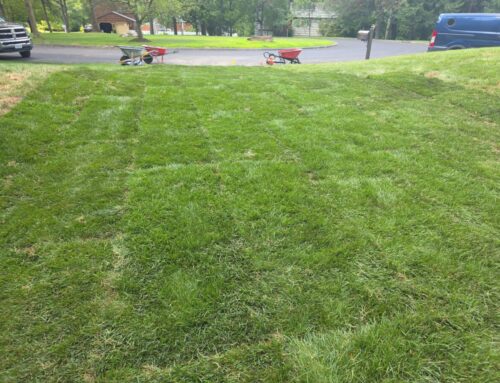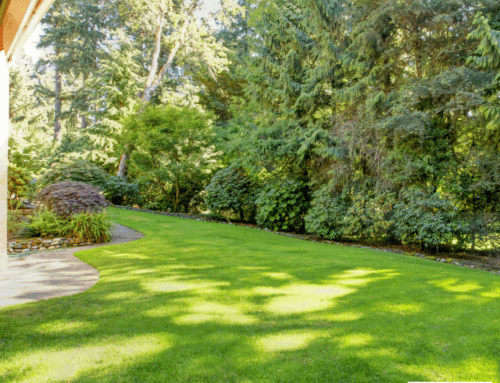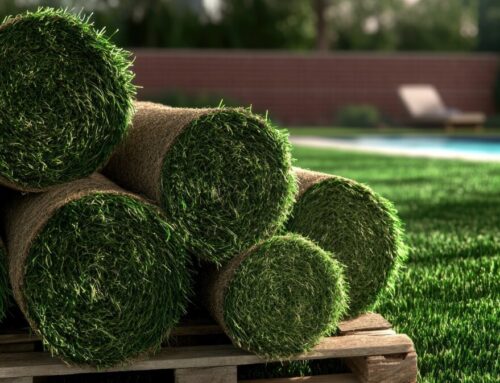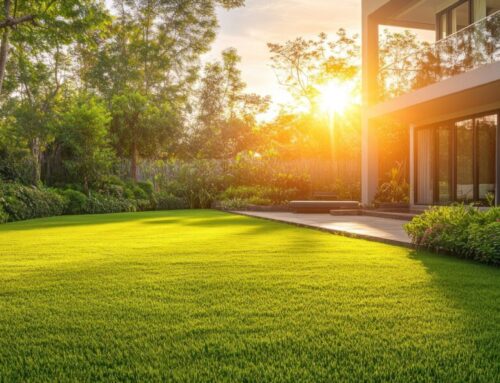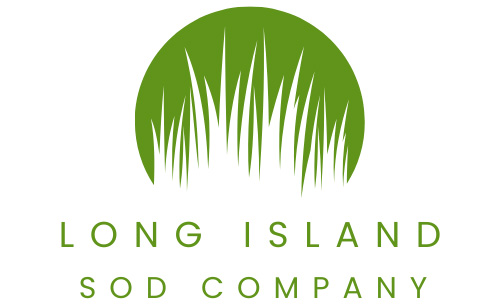If you’re looking to upgrade your lawn on Long Island, you’ve likely found yourself asking:
“Should I go with sod or seed?”
It’s a decision every homeowner wrestles with—and both options come with pros and cons. But when you dig into the real costs, time investment, and long-term results, one route often stands out more clearly depending on your needs. Let’s break it all down through a Long Island lens.
Cost: Seed Is Cheaper Upfront, but Sod Brings Instant Results
Let’s get this part out of the way—sod costs more upfront than seed. You’re paying for a mature lawn that’s ready to roll out and enjoy immediately. Seeding is far less expensive at the start but takes longer to show results, and often requires additional care and repeat applications.
Over time, the cost gap can narrow. Why? Because seed often demands more weed control, more watering, and more patience—while sod offers a fully established lawn with fewer surprises.
Time: Sod Wins When Speed Matters
What is the most significant advantage of sod? Speed.
With sod, you can have a green, usable lawn in just 2–3 weeks. Perfect for families with kids, pet owners, or anyone preparing to list a home on the market.
Seed, on the other hand, requires 2–3 months (or more) to grow in fully. Even then, results vary depending on weather, shade, soil, and maintenance. If you’re short on time—or don’t want to wait—sod is the clear winner.
Watering & Maintenance
Both sod and seed require attention in the beginning, but seed needs a lot more babying.
Sod just needs to be watered daily for the first couple of weeks to help it root. Once established, you can taper off and follow a typical lawn care routine.
Seed, however, requires frequent light watering—often several times a day—to avoid drying out. Miss a day or two, and you could lose progress or end up with patchy growth. It’s also more susceptible to erosion, especially in rainy or sloped areas.
Weed Control & Uniformity
Sod has another major edge here—it creates an instant weed-blocking layer.
With seed, your lawn starts off bare and vulnerable. Weeds will try to sneak in during the early stages, especially during Long Island’s spring and fall growing seasons. Even with pre-emergents or careful prep, it’s hard to guarantee even coverage or weed-free growth.
Sod gives you a consistent, uniform look from day one, and its density leaves very little room for invasive plants to get through.
Performance in Long Island Conditions
Long Island’s climate brings hot summers, salty air (in coastal areas), wet springs, and sometimes brutal winters. These shifts can be tough on young seedlings.
Sod is grown under ideal farm conditions and arrives healthy and thick. It adapts faster to soil, stands up better to extreme weather, and gives you more control during the transition.
Seed is a gamble, especially if you hit a dry spell, heavy rain, or sudden cold snap. While it can still thrive, it requires closer monitoring and more luck with timing.
Long-Term Considerations
If you’re in no rush and don’t mind doing the work, seeding can be a budget-friendly, rewarding option. But if you value convenience, curb appeal, and consistency, sod is a smart long-term investment.
It pays off in fewer touch-ups, less hassle, and a lawn that looks finished from the start.
So… Which Is Right for You?
Choose Sod If You:
- Want a usable lawn in weeks, not months
- Have kids, pets, or upcoming events
- Prefer a thick, uniform appearance
- Don’t want to deal with re-seeding or bare patches
Choose Seed If You:
- Are on a tight budget
- Don’t mind waiting and working for results
- Have ideal growing conditions (shade, moisture, soft soil)
- Enjoy DIY projects and lawn experimentation
Need Help Deciding?
We’ve helped thousands of Long Island homeowners navigate this decision. Whether you’re in Nassau or Suffolk County, our team can assess your property, budget, and goals—and help you choose the best route for a beautiful lawn. Call Long Island Sod Company or request a free sod quote today!

